14563 (PF2K1) AAA_17 superfamilyThalassiosira pseudonana
| Chromosome | Product | Transcript Start | End | Strand | Short Name | |
|---|---|---|---|---|---|---|
| 14563 | chr_2 | (PF2K1) AAA_17 superfamily | 1607289 | 1611841 | + | AAA_17 superfamily |
| NCBI ID | Ensembl Genomes exon ID |
|---|---|
| 7446681 | Thaps14563.4, Thaps14563.3, Thaps14563.5, Thaps14563.2, Thaps14563.6, Thaps14563.1, Thaps14563.7 |
| Expression Profile | Conditional Changes | Cluster Dendrogram | Discovered Potential cis-Regulatory Motifs |
|---|---|---|---|
Thaps_hclust_0034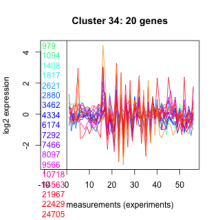 |
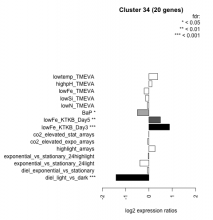 |
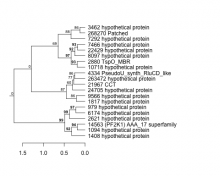 |
 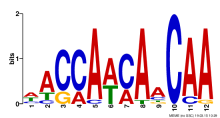  |
| Normalized Mean Residue | Discovered Potential cis-Regulatory Motifs | |
|---|---|---|
|
Thaps_bicluster_0038 |
0.59 |
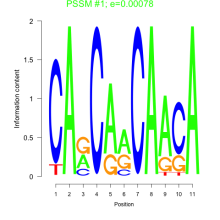 0.00078 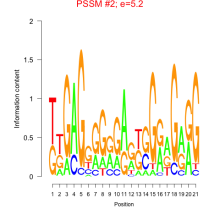 5.2 |
| T. pseudonana | P. tricornutum | P. tricornutum DiatomCyc | F. cylindrus | Pseudo-nitzschia multiseries | E. huxleyi | C. reinhardtii | A. thaliana | P. sojae |
|---|---|---|---|---|---|---|---|---|
| Not available | PHATRDRAFT_17495 | PHATRDRAFT_17495 | 277248 | 68735 | 117848 | Cre16.g691888.t1.1 | AT1G07110.1 | 557686 |

Add comment